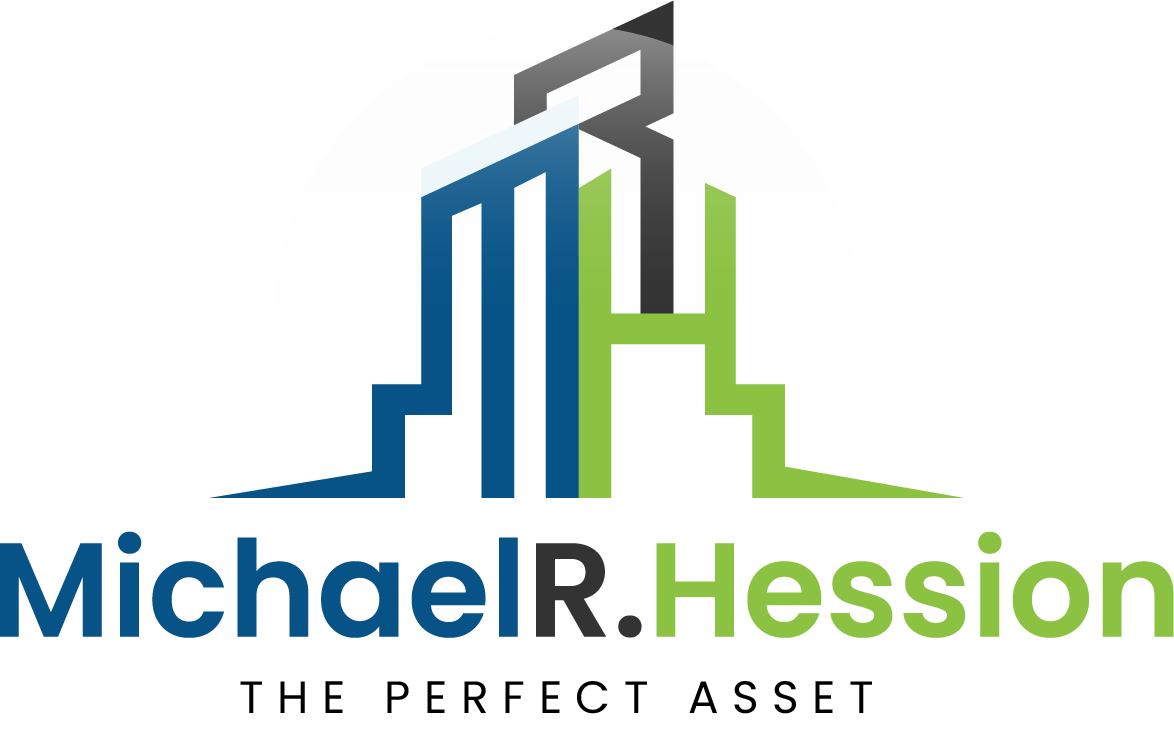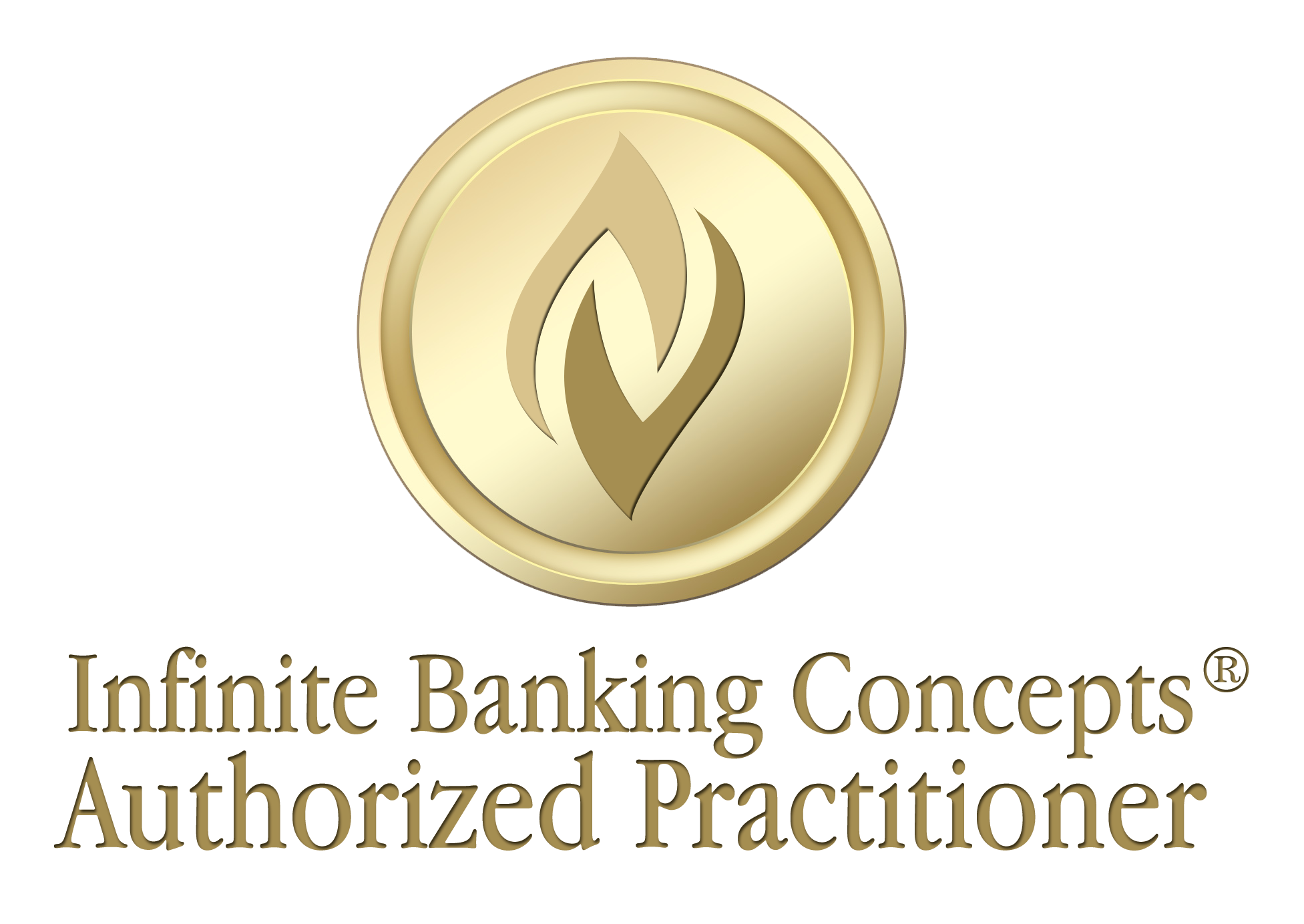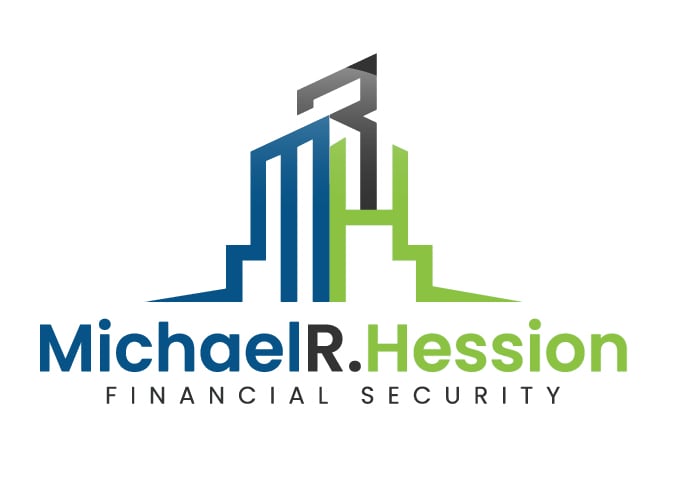
It always starts the same way.
Someone sits across from me – sometimes a business owner, sometimes a young couple – looking exhausted. They’ve done everything right, at least by traditional standards. They’ve followed the advice. They’ve saved into their 401(k), paid down debt, diversified, budgeted, and sacrificed. But something isn’t adding up.
Their income has grown, yet their sense of control hasn’t. They can’t quite say it, but it shows in their eyes: Why doesn’t this feel like freedom?
That question used to haunt me too. For years, I thought I was managing money responsibly. But when I zoomed out, I realized I was following a pattern – one that kept me dependent on systems that didn’t have my best interests at heart. The banks, the brokers, the institutions – they weren’t built for my financial sovereignty.
They were built for theirs.
And once I understood that, I couldn’t unsee it.
The Hidden Trap in “Doing Everything Right”
The traditional financial model teaches us that wealth is a math problem. Earn, save, invest, retire. Check the boxes, stay disciplined, and the system will reward you. But if you look closely, it’s not designed to give you control – it’s designed to keep you playing within someone else’s rules.
Money flows into your account, and immediately, it starts flowing out – to taxes, interest, loans, and investments you can’t touch for decades. You’re told this is normal. You’re told it’s “smart.”
But if you can’t access your money when you need it – if you have to ask permission from a lender, or sell assets at a loss just to handle a life event – how much control do you really have?
That’s not freedom. That’s a system dependency dressed up as success.
“Most people know the current system isn’t working. They can feel it, even if they can’t name it. The missing piece isn’t motivation – it’s sequencing.”
The Sequence Problem
The truth is, most people don’t struggle because they lack financial literacy or discipline. They struggle because their money moves in the wrong order.
In a healthy financial system, your dollars have a rhythm. They should flow in a way that gives you liquidity, flexibility, and compounding growth – without requiring you to hand over control. But the way we’re taught to handle money reverses that rhythm.
We earn, we spend, we save what’s left. We invest in assets we can’t touch until we’re 60, while borrowing from banks for the things we need now. The result? We’re constantly paying for access to our own future money.
That’s the real leak – one that compounds silently over years.
And here’s the thing: fixing it doesn’t require more money. It requires better sequencing.
A Moment of Clarity
When I first encountered the concept of controlling the banking function of your own life, I didn’t jump in right away. It sounded too simple. Too countercultural. Like a secret club with language I didn’t yet understand.
But as I studied how the financial system actually worked, I realized the core idea was brutally logical: every time you borrow, save, or invest, someone is controlling the sequence of your dollars. The only question is who.
Once you internalize that, you start to see how every decision either compounds your control or gives it away.
“Financial peace doesn’t come from chasing higher returns – it comes from understanding the order in which money moves.”
That insight changed everything for me.
Relearning the Flow
Here’s what I realized: wealth isn’t built by luck or secret investments – it’s built by understanding flow. The order of operations matters.
When you control where your money lives and how it circulates, you create leverage. You stop giving away interest. You stop waiting for permission. You start building a system that works in every market condition, because it’s based on principles, not predictions.
This isn’t about getting rich overnight. It’s about building a financial structure that mirrors how real wealth operates – liquid, continuous, and in motion.
That’s what Infinite Banking is about at its core. Not a product. Not a pitch. A system you own, built around your values and goals, that allows you to control both the storage and the use of your capital.
It’s like learning to breathe differently. At first, it feels unnatural. But once you get it, you can’t go back.
Why Sequencing Matters
Imagine two people with the same income, same expenses, same lifestyle. One puts every spare dollar into retirement accounts and borrows from banks to handle life’s in-between moments. The other prioritizes liquidity and builds a system where every dollar serves more than one purpose – funding life today and compounding for tomorrow.
Ten years later, both have “invested” the same amount. But one is still asking permission to use their money, and the other has built a private banking system within their own household.
That’s sequencing.
One person starts with control and uses that control to create growth. The other starts with growth and sacrifices control to get there.
It’s not just financial, it’s psychological. Once you take control of the flow, the anxiety starts to fade. You stop reacting to every market swing. You start making decisions from a place of calm instead of scarcity.
The Real Cost of Outsourcing
When you give up control of your banking function, you’re not just losing money, you’re losing time. You’re funding someone else’s compounding instead of your own.
Every loan you take, every account you can’t access, every delay in decision-making – those are small drips in a very big bucket.
I’ve worked with entrepreneurs, families, and professionals who finally realized how much they were paying for the illusion of convenience. Once they took ownership of their financial sequence, everything changed.
They didn’t suddenly have more money, they had more use of their money. That’s the real definition of wealth.
“When you take control of your flow, you stop reacting to money and start directing it. That’s when the game changes.”
A Simple Truth Hidden in Plain Sight
We live in an era that celebrates complexity. The more complicated the investment strategy, the smarter it must be. The more inaccessible the system, the more “expert” it seems.
But complexity is often a disguise for dependence. The real innovation is simplicity.
When I teach people about the sequence of money, I’m not giving them a new trick – I’m giving them permission to return to something ancient: stewardship.
Stewardship is about responsibility, not restriction. It’s about making decisions with clarity because you understand what your dollars are doing when you’re not looking. It’s the foundation that every other financial strategy should sit on.
If you don’t get the base layer right – the flow – you’re just building taller towers on sand.
The Emotional Side of Money
We don’t talk enough about how emotional this journey is. Money isn’t math; it’s meaning. It’s the story we tell ourselves about safety, success, and self-worth.
Most people don’t struggle with numbers – they struggle with trust. They’ve been told their entire lives that the system knows best. Hand it over, let someone else manage it, and things will be fine.
But deep down, they know something’s missing. They sense that “fine” isn’t freedom.
When they start to understand the mechanics of their own financial flow, something shifts internally. The fear turns into curiosity. The confusion turns into clarity. And eventually, clarity turns into peace.
That’s why I do this work. It’s not about the dollars – it’s about the dignity that comes from being in control again.
Breaking the Pattern
There’s a moment I see often. Someone starts to grasp the concept. Their eyes widen, then narrow. They pause.
“So… you’re saying I could have been doing this all along?”
Yes. You could have. But don’t beat yourself up for not knowing – nobody ever taught you. The system was never designed to teach people how to be independent from it.
That’s why education matters. It’s not about creating experts; it’s about creating awareness. Once you see the pattern, you can’t unsee it. Once you see the leak, you can stop it.
“The system was never designed to teach you independence from it. But once you learn, you can never go back to ignorance.”
What the New Way Looks Like
When people hear “Infinite Banking,” they sometimes think it’s a theory, a niche idea, or a loophole. But it’s none of those things. It’s simply a structured way to ensure that every dollar you earn continues to work for you, not against you.
It’s about creating a private banking system – yours, not someone else’s – so that you can finance your own life on your terms.
That might sound revolutionary, but it’s really just reordering the basics:
- Control comes before growth.
- Liquidity comes before accumulation.
- Understanding comes before optimization.
When you build in that order, everything else falls into place.
And no, this isn’t about cutting up credit cards or living in scarcity. It’s about designing a system that lets you live abundantly – because your money is finally organized to support your life, not suffocate it.
Lessons from Real People
I’ve seen families go from financial anxiety to calm simply by changing how they viewed money movement. I’ve seen entrepreneurs unlock new opportunities – not because they earned more, but because they had liquid capital ready when the opportunity arrived.
I’ve seen retirees regain confidence because they finally understood their own systems, instead of depending on institutions that kept them in the dark.
They all had one thing in common: they stopped outsourcing their sequence.
Once they took ownership, the rest followed.
The Deeper Freedom
True financial freedom isn’t about a number – it’s about alignment. It’s the ability to make decisions based on purpose instead of panic.
You can’t do that if your money is trapped in systems designed for someone else’s gain. You can’t do that if you’re constantly waiting for permission to use what’s already yours.
The irony is that the path to independence starts with education, not income. Once you learn how to order your financial life correctly, every dollar becomes a tool instead of a tether.
That’s what I mean by freedom.
Why It Matters Now
We’re living through a shift. People are losing trust in traditional systems – in banks, in markets, even in long-held financial “truths.” The old ways of saving and investing don’t feel safe anymore.
But the answer isn’t to panic. It’s to prepare differently. To build systems that put you back in control. To stop chasing the illusion of stability and start creating it.
That’s what sequencing gives you: the ability to weather uncertainty without losing momentum.
It’s the difference between financial fragility and financial resilience. Between being a consumer of money and a steward of it.
The goal isn’t to become an expert in finance. It’s to become an expert in your own system.
When you know where your money lives, how it flows, and what it’s doing while you sleep, you stop reacting to every headline. You start thinking like an owner, not a passenger.
You stop working for your money and start letting your money work for you – in the right order, with the right rhythm.
“Freedom isn’t a finish line. It’s a structure you build one decision at a time.”
The Quiet Revolution
I’ve stopped trying to convince people who don’t want to be convinced. My work is for those who already feel the tension – the ones who know something’s off and are ready to look closer.
Because once you understand how the system really works, you don’t need to be sold on change. You simply can’t unsee what you’ve seen.
This movement isn’t about rebellion – it’s about restoration. Restoring the idea that wealth starts with control, not compliance. Restoring trust in your own ability to manage your financial life. And most importantly, restoring the belief that freedom isn’t something granted – it’s something built.
If you’ve ever felt like you’re running fast but not getting anywhere, you’re not alone. The system was designed that way.
But you can step off that treadmill. You can learn a better rhythm. You can build a structure where your dollars finally start to work in the right order.
It doesn’t happen overnight. But once you begin to see your money as a flow instead of a finish line, everything starts to change.
And if you’re ready to start seeing it differently – I’d love to walk you through what that looks like.




